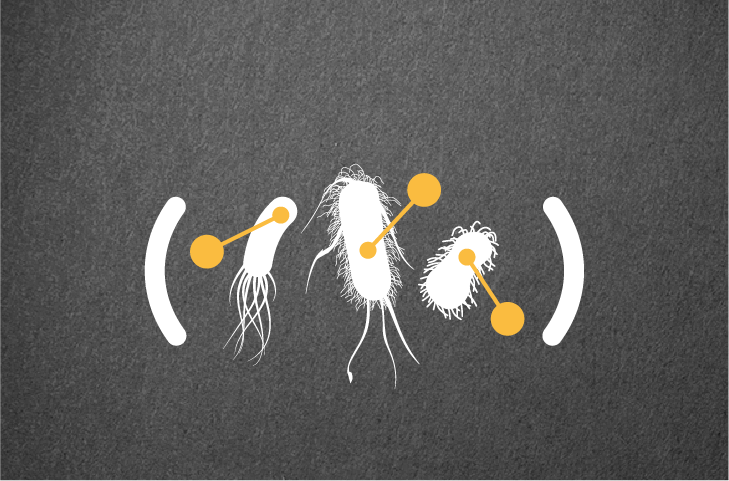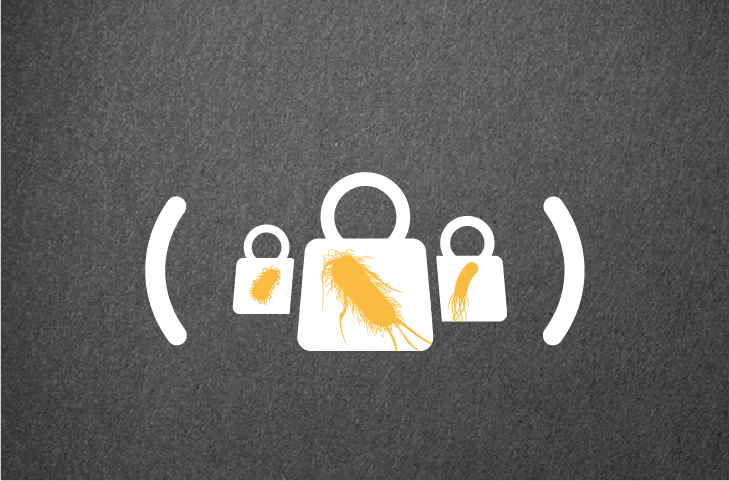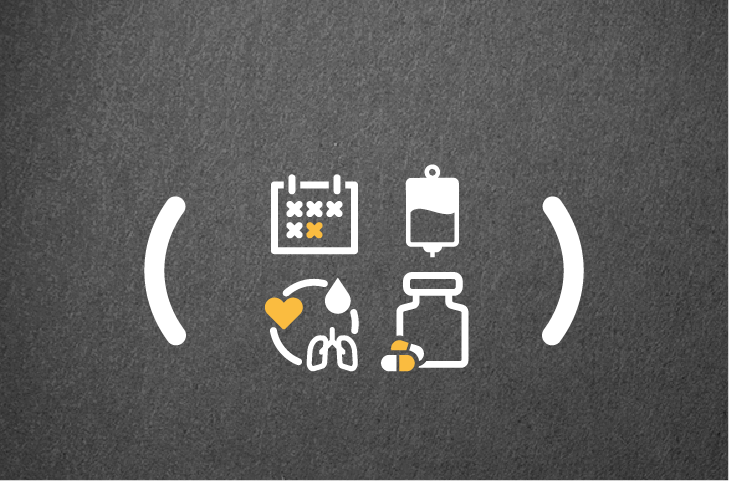Metallo-β-lactamases (MBLs).
The little-known big problem
We believe that by better understanding how the production of MBLs impacts patient care and outcomes, we can strive to take control of the rising threat of MBL-producing bacteria. Together.
This educational resource is here to help you and the infectious diseases community.
Did you know MBLs account for the majority of the ‘Big Five’ carbapenemases?1,2
Globally there are five main carbapenemases of clinical relevance; familiarly known as the ‘Big Five’:1,2
IMP Imipenemase metallo-β-lactamase
NDM New Delhi metallo-β-lactamase
VIM Verona Integron-encoded metallo-β-lactamase
KPC Klebsiella pneumoniae carbapenemase
OXA-48-like Oxacillinase-48-like carbapenemases
Classification of the most relevant carbapenemases produced by Enterobacterales.3
| Ambler-Bush class | Carbapenemase type | Common examples | Most frequently identified in |
| A | Serine-β-lactamases | KPC, SME, IMI | K. pneumoniae, S. marcescens and other Enterobacterales |
| B | Metallo-β-lactamases | NDM, VIM, IMP, GIM, and SPM | E. coli, K. pneumoniae, Enterobacter and other Enterobacterales |
| C | Serine-β-lactamases | OXA-48-like | K. pneumoniae, E. coli and other Enterobacterales |
Adapted from: Villegas MV, et al. 2019.3
The production of the five main carbapenemases is of high clinical, therapeutic and epidemiological relevance:3,4
- They cause hospital outbreaks associated with clones and plasmid dissemination
- Infections caused by carbapenemase-producing bacteria are associated with higher mortality rates and increased patient and healthcare associated burden
- They can lead to multi-resistance and pan-resistance, further complicating treatment decision-making
Abbreviations
IMI, imipenemase; SME, Serratia marcescens enzymes; GIM, Germany imipenemase; SPM, Sao Paulo metallo-β-lactamase.
References
- Henderson J, et al. J Hosp Infect 2020;104(1):12–19.
- Bonnin RA, et al. Front Med (Lausanne) 2021;7:616490.
- Villegas MV, et al. Infection 2019;23:358–68.
- Tamma PD, et al. Clin Infect Dis 2017;64:257–64.
Putting MBLs under the spotlight
MBLs are spreading globally and alarmingly fast.1,3,4 There is an urgent need to tackle problematic carbapenemases and slow their spread in difficult-to-treat organisms,1,5,6 with the ultimate aim of helping to prevent avoidable morbidity and mortality.


Why are MBLs an urgent problem?





Epidemiology
Are you under threat from MBLs in your country?
Explore MBL epidemiology and learn about the incidence and prevalence of carbapenemases in your region

Understanding MBLs
Do you want to discover and understand more about MBLs?
Hear Dr Luke Moore explain what MBLs are and learn about the ‘Big Five’ carbapenemases

The Burden
Infections caused by MBL-producing Enterobacterales cause higher mortality rates compared to non-carbapenemase producing CRE14–17
Explore in detail the burden of MBL-producing Enterobacterales on patient outcomes.

Patient profiles
Are you aware of the risk factors for MBL-producing pathogens?
Learn about key patient risk factors associated with infections caused by MBL-producing Enterobacterales
*Based on the all-cause 28-day mortality of carbapenemase-producing Klebsiella pneumoniae strains found through a retrospective observational study.7
†The mortality rate associated with infections caused by MBL-producing organisms has been found to range from 18–67%.8
- Henderson J, et al. J Hosp Infect 2020;104:12–19.
- Bonnin RA, et al. Front Med (Lausanne) 2021;7:616490.
- Boyd SE, et al. Antimicrob Agents Chemother 2020;64:e00397-20.
- Wu W, et al. Clin Microbiol Rev 2019;32:e00115-18.
- Nordmann P, et al. Emerg Infect Dis 2011;17:1791–8.
- Bonomo RA, et al. Clin Infect Dis 2018;66:1290–7.
- Daikos GL, et al. Antimicrob Agents Chemother 2014;58:2322-8.
- Adam MA, et al. BMC Infect Dis 2018;18:668.
- Mojica MF, et al. Lancet Infect Dis 2022;22(1):e28–e34.
- Tan X, et al. Infect Drug Resist 2021;14:125–42.
- Yu H, et al. Antibiotics (Basel) 2022;11(7):942.
- Logan LK, et al. Open Forum Infect Dis 2016;3(2):ofw090.
- Hammoudi Halat D, et al. Antibiotics (Basel) 2020;9(4):186.
- Tamma PD, et al. Clin Infect Dis 2017;64:257–64.
- de Jager P, et al. PLoS One 2015;10:e0123337;
- Daikos GL, et al. Antimicrob Agents Chemother 2009;53:1868–73;
- Hayakawa K, et al. J Antimicrob Chemother 2020;75:697–708.